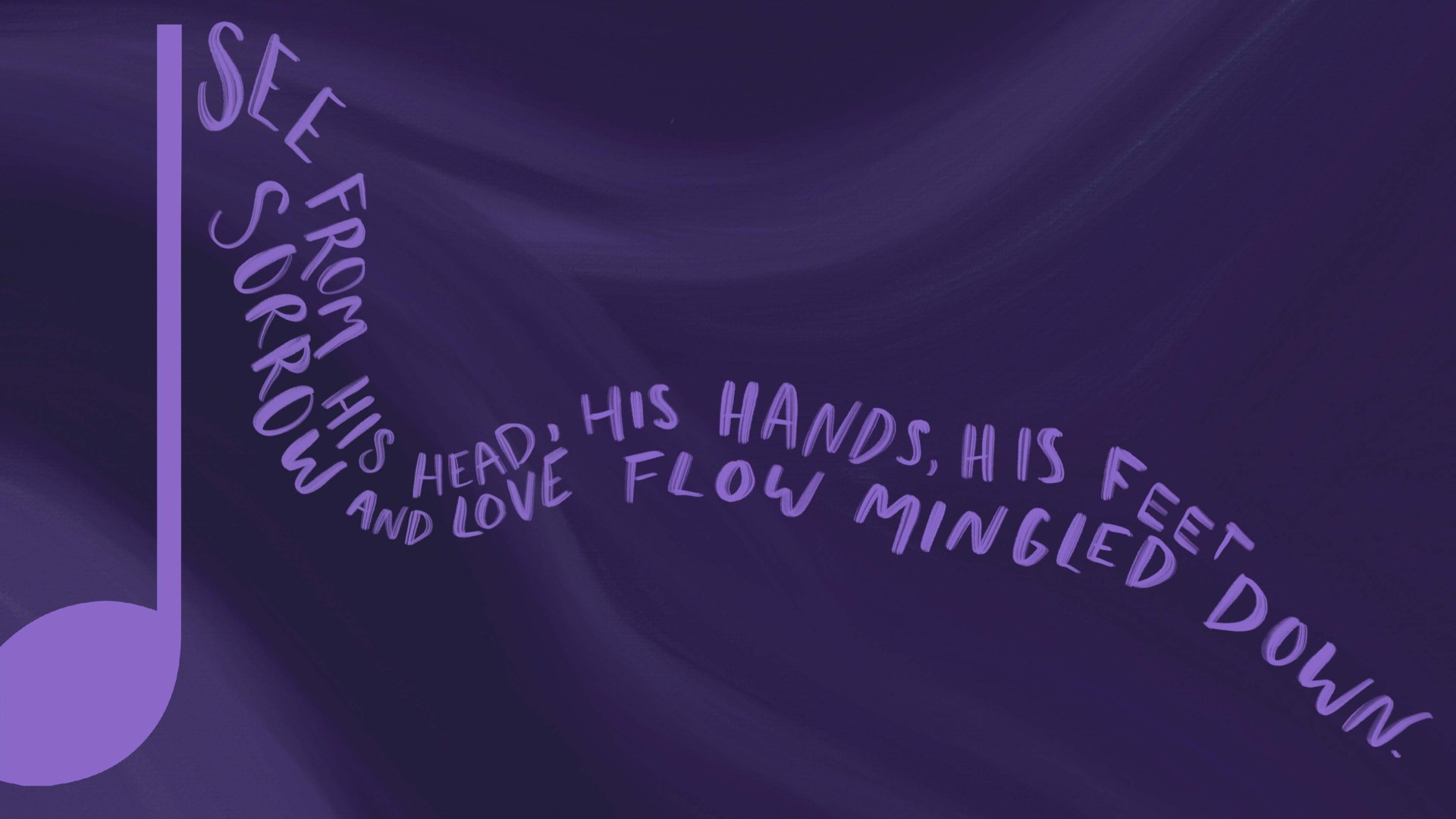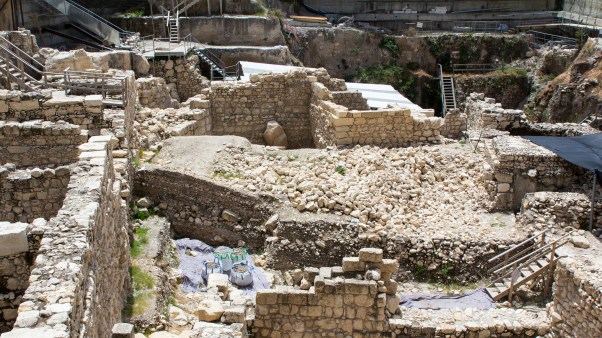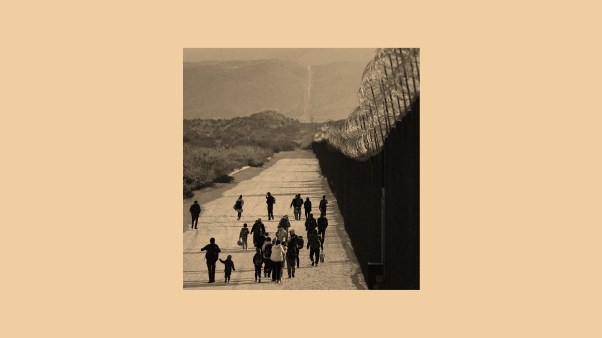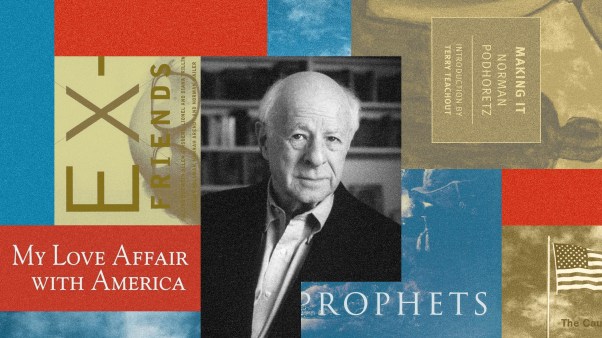In 2013, Paul Kalanithi was completing his medical residency and was on his way to becoming a neurosurgeon at Stanford University when he was diagnosed with stage IV lung cancer. He’d just turned 36. Kalanithi began to write, and his memoir was eventually published as the book When Breath Becomes Air. In it, he recites words his oncologist and friend Emma Hayward shared with him as he reckoned with his impending death: “This is not the end. Or even the beginning of the end. This is just the end of the beginning.”
Kalanithi died in 2015. He was raised in a Christian home, eventually strayed from faith, but seems to have found God again during his final years. Hayward’s words ring resolutely true in light of the gospel. For followers of Jesus, death is not the end, or even the beginning of the end. It is simply the end of the beginning and the beginning of eternity.
While most Christians intellectually believe this to be true, our avoidance of death and even the talk of death seems to betray that belief. This is in part because, as anthropologist Anita Hannig observes, “In the United States the end of life has become so medicalized that death is often viewed as a failure, rather than as an expected stage of life.” We’ve been conditioned, in large part by our cultural fixation on pleasure, to ignore, deny, and even try to subvert death. As a result, we fail to ponder, deeply consider, and look upon it. We forget the psalmist’s reminder to “number our days” (Ps. 90:12), a call to reckon with our own limitations and the finitude of this life.
The journey toward Easter Sunday always begins with Ash Wednesday, when we remember that we are dust and will one day die. Before we arrive at the Resurrection, we must first reckon with the Cross. Isaac Watts’s “When I Survey the Wondrous Cross” calls us to this necessary work. Though we may think of the word survey in more technical terms these days, early on, the word actually meant something more along the lines of contemplate. Surveying the Cross isn’t a mechanical, morbid lurking in and out of nihilism. It’s an invitation to contemplate death and, according to the great hymn, to begin the journey toward clarity. Looking upon the Cross clarifies what truly matters now as we consider what is to come, for each and every one of us. And, what awaits us beyond.
Watts published his hymn in 1707, and it may be the most well known of the more than 600 songs he wrote. Though it was originally composed as a Communion hymn, over the centuries it has become an anthem of the Lenten journey toward Easter. At least part of the inspiration for the lyrics are Paul’s words in Galatians 6:14: “May I never boast except in the cross of our Lord Jesus Christ, through which the world has been crucified to me, and I to the world.”
The first line of the second verse—“Forbid it, Lord, that I should boast save in the death of Christ, my God!”—offers us the clearest parallel. But the theme of dying to the world and to earthly longings at the cross of Christ is strewn throughout the hymn:
My richest gain I count but loss,
And pour contempt on all my pride.All the vain things that charm me most,
I sacrifice them to his blood.
And in one of Watts’s original stanzas that’s often omitted today,
Then am I dead to all the globe,
And all the globe is dead to me.
The Cross is the great revealer, exposing the temporary stuff of earth and directing our hearts and minds toward the everlasting substance of eternity. Human value systems are upended. Worldly riches, pride in our self-sufficiency, vain pursuits—all of these and more lose their splendor and shine in the shadow of Calvary.
As our gaze begins to shift away from the deceptive gloss of earthly pleasures and toward the wondrous cross of Christ, and we see “sorrow and love flow mingled down,” we are faced with the question, “Did e’er such love and sorrow meet, or thorns compose so rich a crown?” And eventually, we’re compelled toward the reality that a “love so amazing, so divine, demands my soul, my life, my all.”
Secularism tells us that, ultimately, there is only life and death. It tells us that our lone option is to revel in the former before eventually and inevitably succumbing to the latter. And culture at large is at the ready, offering us endless temporary pleasures designed to keep our eyes fixed on shallow versions of the present. This is dangerous because, in the famous adage derived from a William Blake poem, “We become what we behold.” For the Christian, beholding the Cross is a way of breaking free from the morbid, nihilistic shortsightedness of secularism in order to live more fully into the hopeful, eternal story unfolding in the present and awaiting us in the future.
Reflecting on the death of her father, Flannery O’Connor wrote in her journal, “The reality of death has come upon us and a consciousness of the power of God has broken our complacency like a bullet in the side.” This is why Ash Wednesday is so powerful: We’re reminded not only of our certain demise but also, maybe more importantly, of what truly matters.
We’re reminded that all of this—delights and pleasures, life and breath—is ephemeral. It’s all hevel, in the language of the Ecclesiastical poet—vapor, mist, here and then gone. This is the gift we receive when we survey the Cross—the gift of an impeccable scale by which to measure, with precision and perspective, our values system, to consider what truly matters and what doesn’t.
My friend Gerry Breshears has spent decades pouring his life into church leaders as a seminary professor and as a pastor to pastors. This past fall, Gerry was diagnosed with cancer, not his first go around. He updated friends and family on this news with this reminder: “Jesus is in the present, look for Him. … He is easy to miss.” Though the future can seem chock-full of what ifs, in reality, the Cross has already written and finished the story. We know how this ends.
Gerry’s steadiness amid suffering comes from his cross-shaped vision for all of life and eternity—a vision I long to grasp and embody myself. It’s a vision acquired only and always through a deep and consistent contemplation of the Cross. It’s a vision that reveals to us that the crucified, resurrected, and ascended Christ is here, now, with us, guiding us toward a future where there are no more tears, death, mourning, crying, or pain (Rev. 21:4).
In the words of Paul in Romans 14:8–9, “If we live, we live for the Lord; and if we die, we die for the Lord. So, whether we live or die, we belong to the Lord. For this very reason, Christ died and returned to life so that he might be the Lord of both the dead and the living.” There is no fear, no anxiety, no doom and gloom. The Cross has erased all of that—this ancient instrument of death that has now become our great emblem of life and life to the full, both now and forever.
The poet George Herbert described how time (and mortality) was once “an executioner” but in light of Christ’s coming, “Thou art a gard’ner now.” We look upon the cross because it declares that death has been disarmed; it is no longer an executioner, ending our stories, but rather a gardener, tilling the fertile soil from which resurrection life rises. As we survey the wondrous cross, we come to know ever more deeply that “It is not the end. It is not even the beginning of the end. It is only the end of the beginning.”
Jay Y. Kim serves as lead pastor at WestGate Church. He’s the author of Analog Church and the forthcoming Analog Christian. He lives in the Silicon Valley with his family.
This article is part of The Wondrous Cross which features articles and Bible study sessions reflecting on the meaning of Jesus’ death and resurrection. Learn more about this special issue that can be used during Lent, the Easter season, or any time of year at MoreCT.com/Easter.










